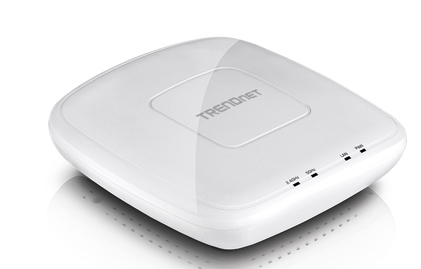INTRODUCING CONIX 3D EXPLORER – 3D GRAPHICS FOR EVERY MATHEMATICA USER!
San Luis Obispo, CA March 2, 1988. Conix Enterpises, Inc. adds 3D
functionality to another Apple application. Mathematica, a product of
Wolfram Research, is the number one mathematical tool on the Macintosh
platform. Conix 3D Explorer gives Mathematica users enhanced 3D abilities
with their stunning graphics, ease of use and OpenGL capabilities. Conix
has been providing OpenGL to the Macintosh community for nearly two years.
They bring their considerable knowledge of 3D graphics to this plugin for
Mathematica.
3D Explorer – the interactive graphics solution for Mathematica. With a
single command 3D Explorer brings your Mathematica graphics to life in an
interactive OpenGL window, providing advanced rendering capabilities
previously reserved for high-end rendering systems. 3D Explorer’s options
take your Mathematica graphics to a new level with smooth shading, texture
mapping, anti-aliasing, transparency, fog, accumulation effects, and more.
While supporting all standard Mathematica graphics, Conix 3D Explorer also
provides a new graphics type, GLGraphics, with extended graphics primitives
and directives. 3D Explorer offers continuous surfaces, display lists,
inline transformations, and per-element control over all graphics options.
Standard Mathematica graphics are easily converted to GLGraphics and
enhanced – allowing you to build directly on your existing Mathematica
graphics skills. With 3D Explorer’s advanced animation features, you can
create stunning interactive animations with very large polygon counts on
computers with even limited memory.
3D Explorer provides a full suite of functions from simple, easy to use
routines, to a full OpenGL programming environment. The low-level interface
provides direct access to 100% of the OpenGL API, allowing GLGraphics
primitives to be extended to include any OpenGL capability, from blending
effects to pixel-level operations. Because OpenGL commands can be executed
directly in a Mathematica expression, textbook OpenGL programming examples
can be used within Mathematica. This makes 3D Explorer a powerful OpenGL
code development tool and teaching aid, allowing you to quickly perform
rendering experiments in the flexible Mathematica environment.
3D Explorer comes with full online documentation, including user’s guide,
reference manual, programming examples, and demos. Email support is
available from tech@conix3d.com.
For more information, please see http://www.conix3d.com
3D Explorer is currently available for Windows95/NT and PowerMac platforms
with X windows platforms available soon. Site licensing and Academic site
licensing are available.
Janet Stauffer
Sales & Marketing
Conix Graphics
http://www.conix3d.com
PO Box 4113
San Luis Opisbo, CA 93403
805.546.1040 sales
805.546.1017 fax


